Slime content is trending on social media as more people play with it as a way to alleviate stress and anxiety.
As we continue to grapple with rising rates of stress and anxiety ― whether it stems from the pandemic, work pressure, social media or any of the triggers in our lives ― we’re also finding new and unique ways to cope in the moment.
Enter one of the more unconventional methods: Slime.
While the phenomenon of slime content isn’t new, the rise of platforms like TikTok has certainly made it more popular. Today, there are over 29.4 billion TikTok views under the slime hashtag, and another 25 billion on YouTube. Videos can run the length of 30 seconds to over an hour, and viewers can zone out to the sight of hands poking, squishing and pulling multicolor slime like it’s taffy. The different sounds emitted by slimes, such as popping and clicking, can lull viewers into a relaxed state.
As a result, people have have banded together to create full-fledged slime communities, and these colorful, squishy and satisfying worlds may have inadvertently found a way to assist those who need a new tool for their mental health.
“I started making slime because I wanted to provide people with the same excitement and interest that I felt when I first fell in love with slime videos,” Ryan Joseph, a slime content creator, told Vice in 2017. “As you watch slime videos, you become more relaxed and a lot of stress is released through the satisfying auditory sounds. Slime serves as a calming method that aids many in coping with the stresses of life, even if you only get to see a 60 second video.”
What mental health experts think about the trend
So what is the medical explanation, if any, for this captivating trend? And is there real merit to the mental health claims beyond the anecdotal evidence?
Jack Turban, a doctor and chief fellow in child and adolescent psychiatry at Stanford University School of Medicine, told HuffPost he is “not aware of any peer-reviewed studies looking at the impact of slime on mental health outcomes. However, there are certainly many studies showing that mindfulness practice can improve mental health.”
Turban considers slime videos and slime play to fall within the practice of mindfulness because they “involve bringing oneself into the present moment and focusing on the senses (touch, smell, etc.).”
“Things like slime and putty have interesting textures that make it easier to capture our attention and draw ourselves into our senses, which can make it easier to take a moment away from our thoughts and anxieties about the past or future,” Turban said.
Brittany A. Johnson, an author and a licensed mental health counselor based in New Albany, Indiana, also agrees with the sensorial impact slime can have for people.
“The fascination of playing with slime/dough is that it impacts all of our senses,” Johnson told HuffPost. “Soothing sounds and soft textures have been known to be great coping skills for people of all ages.”
Johnson added that many mental health professionals already employ these tactics in their practices as a form of grounding techniques.
“Grounding techniques are techniques that mental health professionals use to help clients with anxiety and panic,” she said. “All aspects of playing with slime/dough follow the process of grounding techniques. Being able to touch the slime/dough can trigger calming signals in your brain. Being able to smell does the same thing. The colors also can trigger calming or happy signals in your brain.”
William Kaiser, a clinical psychologist based in Los Angeles, suggested slime play possibly shares the same appeal as ASMR (Autonomous Sensory Meridian Response), another internet craze that has also been associated with improved mental health and heightened relaxation.
“Particularly the textural component of slime play seems analogous to the pleasant form of paresthesia in autonomous sensory meridian response. The colors and noises associated with slime play add to the soothing effect it creates,” Kaiser told HuffPost.
How to try slime for yourself
Whether it actually helps with stressors or is simply a relaxing tool to pass the time, slime content has grabbed the attention of both the casual social media scroller and shoppers at big box stores alike.
An entire lexicon of standards and terms for what makes “good and effective slime” has helped make aficionados out of even the most occasional viewer. Words and phrases such as “clicky,” “sizzly,” “bubble poppy,” “fluffy,” “crispy” and “holdable” are commonly heard in slime review videos across YouTube and used in descriptions on online slime shops.
Kaiser said that he believes “actual slime play would be more effective than simply watching a video of it.” So, if you want to try slime out for yourself, explore some of these well-reviewed options below.
“I started making slime because I wanted to provide people with the same excitement and interest that I felt when I first fell in love with slime videos,” Ryan Joseph, a slime content creator, told Vice in 2017. “As you watch slime videos, you become more relaxed and a lot of stress is released through the satisfying auditory sounds. Slime serves as a calming method that aids many in coping with the stresses of life, even if you only get to see a 60 second video.”
What mental health experts think about the trend
So what is the medical explanation, if any, for this captivating trend? And is there real merit to the mental health claims beyond the anecdotal evidence?
Jack Turban, a doctor and chief fellow in child and adolescent psychiatry at Stanford University School of Medicine, told HuffPost he is “not aware of any peer-reviewed studies looking at the impact of slime on mental health outcomes. However, there are certainly many studies showing that mindfulness practice can improve mental health.”
Turban considers slime videos and slime play to fall within the practice of mindfulness because they “involve bringing oneself into the present moment and focusing on the senses (touch, smell, etc.).”
“Things like slime and putty have interesting textures that make it easier to capture our attention and draw ourselves into our senses, which can make it easier to take a moment away from our thoughts and anxieties about the past or future,” Turban said.
Brittany A. Johnson, an author and a licensed mental health counselor based in New Albany, Indiana, also agrees with the sensorial impact slime can have for people.
“The fascination of playing with slime/dough is that it impacts all of our senses,” Johnson told HuffPost. “Soothing sounds and soft textures have been known to be great coping skills for people of all ages.”
Johnson added that many mental health professionals already employ these tactics in their practices as a form of grounding techniques.
“Grounding techniques are techniques that mental health professionals use to help clients with anxiety and panic,” she said. “All aspects of playing with slime/dough follow the process of grounding techniques. Being able to touch the slime/dough can trigger calming signals in your brain. Being able to smell does the same thing. The colors also can trigger calming or happy signals in your brain.”
William Kaiser, a clinical psychologist based in Los Angeles, suggested slime play possibly shares the same appeal as ASMR (Autonomous Sensory Meridian Response), another internet craze that has also been associated with improved mental health and heightened relaxation.
“Particularly the textural component of slime play seems analogous to the pleasant form of paresthesia in autonomous sensory meridian response. The colors and noises associated with slime play add to the soothing effect it creates,” Kaiser told HuffPost.
How to try slime for yourself
Whether it actually helps with stressors or is simply a relaxing tool to pass the time, slime content has grabbed the attention of both the casual social media scroller and shoppers at big box stores alike.
An entire lexicon of standards and terms for what makes “good and effective slime” has helped make aficionados out of even the most occasional viewer. Words and phrases such as “clicky,” “sizzly,” “bubble poppy,” “fluffy,” “crispy” and “holdable” are commonly heard in slime review videos across YouTube and used in descriptions on online slime shops.
Kaiser said that he believes “actual slime play would be more effective than simply watching a video of it.” So, if you want to try slime out for yourself, explore some of these well-reviewed options below.
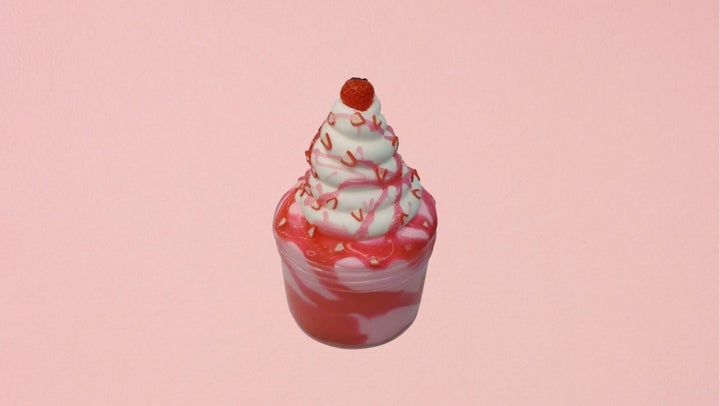
This glossy pink creme slime is as light and soft as it looks! Reviewers love the DIY clay component this comes with and the cute strawberry clay slices.
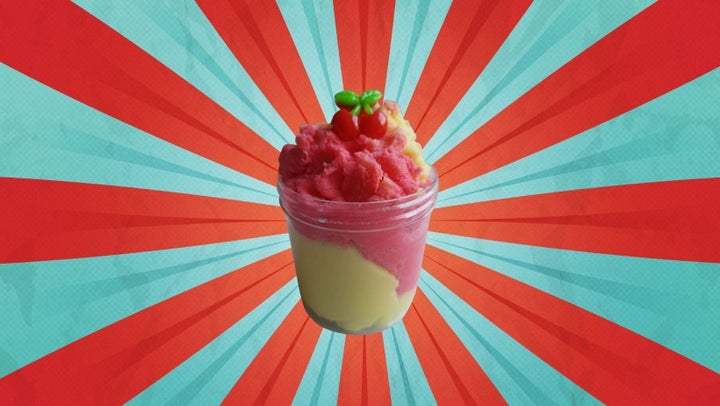
This cherry lemonade slime looks good enough to eat (but don’t). Reviewers praise this fluffy slime for feeling smooth and light and for the amazing scent!
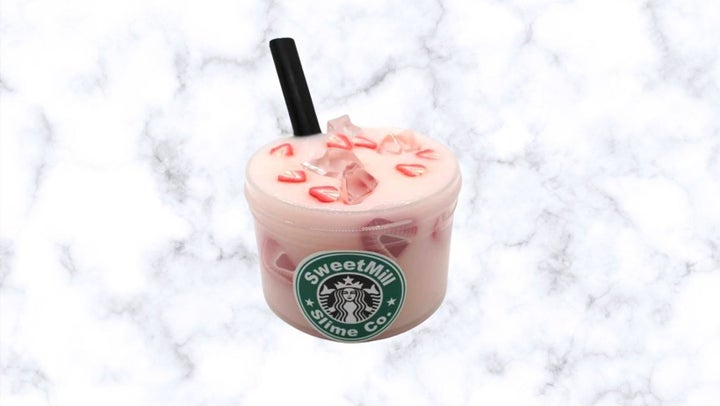
Starbucks Pink Drink fans unite with this glossy thick slime. Filled with crisp bubble popping noises, reviewers say this texture reminds them of bubble gum.
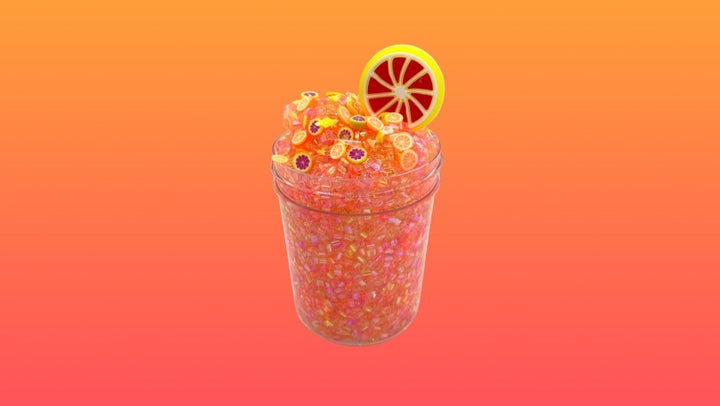
This crunchy slime is filled with the perfect proportion of glimmering beads for a unique texture and smells just like blood orange!
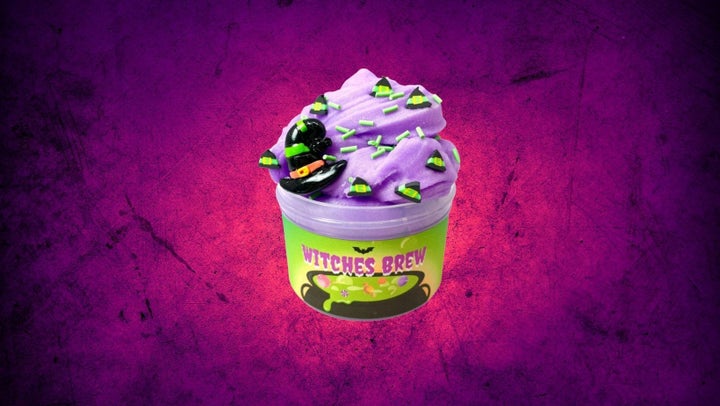
Just in time for Halloween, this icee slime with clay sprinkles may be the perfect way to get in the spooky mood.

This dense butter slime is ultra spreadable and thick ― all the makings of a slime to make you say “BOO!”
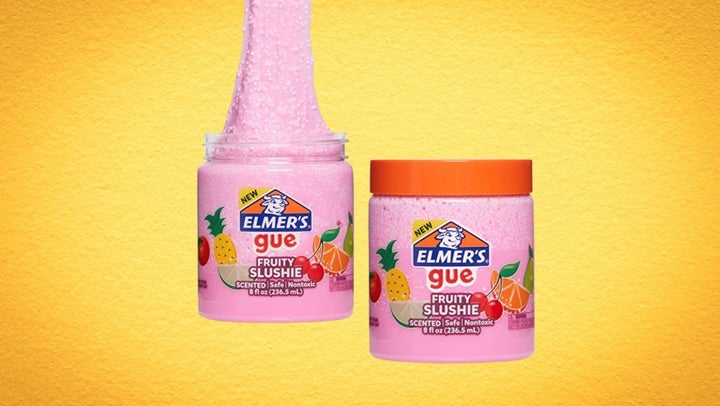
Filled with foam beads in a stretchy tropical fruit scented base. Comes highly recommended by teachers and parents alike!

This is the ultimate 12-pack of marbled colored galaxy slimes, perfect for party favors or classrooms. It’s stretchy, shimmery and completely mess-free!
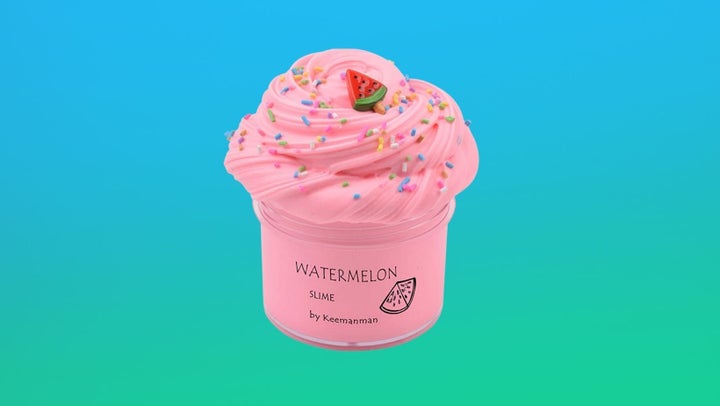
Squeezable, mashable and foldable: This slime is revered for its amazing texture that never dries out.
Credit: Source link